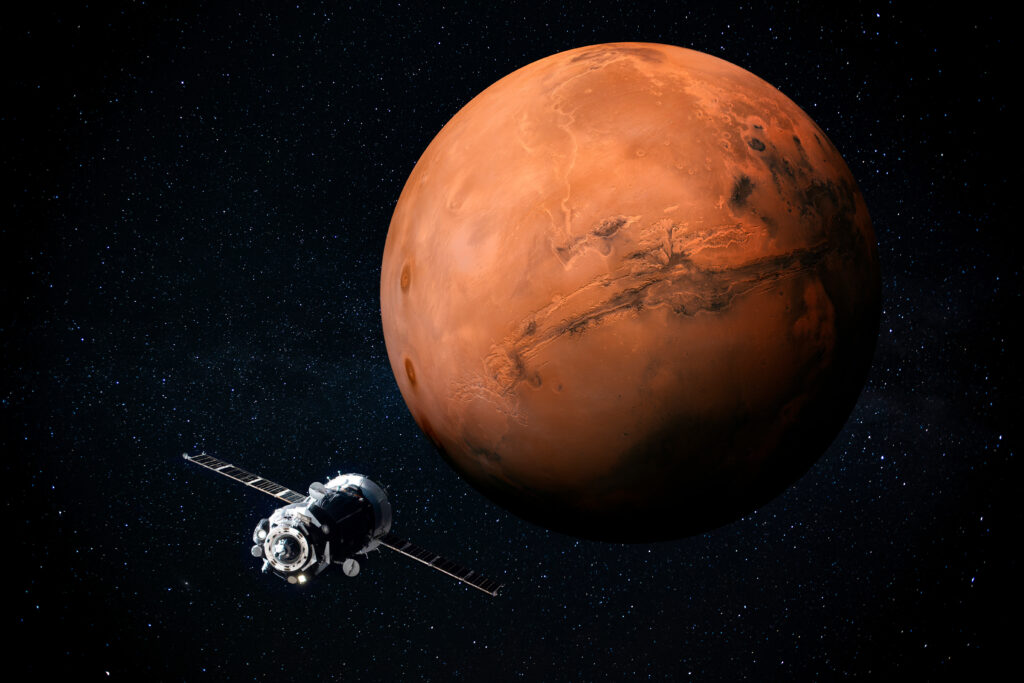
The Vision and Goals of the Artemis Mission
In 2025, Artemis – NASA will embark on a historic journey to establish a sustainable human presence on the Moon. The primary objective of the Artemis program is to create a lunar base, paving the way for future deep space exploration, including Mars. This ambitious endeavor will not only expand our understanding of the universe but also foster technological advancements and international collaboration.
Furthermore, the mission is named after the Greek goddess of the Moon and is a fitting tribute to the first crewed lunar landing in 1969, Apollo 11. The mission will send astronauts to the Moon, including the first woman and the first person of color, to explore the moon’s surface and conduct scientific research. The base will serve as a platform for conducting experiments and developing technologies that will be crucial for future deep space missions.
The Moon Base: A Stepping Stone to Mars
The Artemis moon base will serve as a crucial stepping stone for future Mars missions. By studying the effects of long-term habitation on the Moon, NASA can better prepare for the challenges of a Mars mission. The Moon’s environment is ideal for testing new technologies, such as in-situ resource utilization (ISRU) to extract water and other resources. This knowledge will be invaluable in making human exploration of Mars a reality.
Another exciting aspect of the Artemis base is the potential for lunar resource utilization. The Moon is rich in resources like water ice and various minerals, which could be used to support a Mars mission. For example, water can be split into hydrogen and oxygen, providing both fuel and breathable air for astronauts. Additionally, the Moon’s low gravity makes it an ideal location for launching spacecraft to Mars, as it requires less energy to escape the lunar gravity well compared to Earth.

Exploration of Mars the Red planet of the solar system in space. This image elements furnished by NASA.
The Lunar Base’s Scientific and Economic Benefits
The Artemis base will offer numerous scientific and economic benefits. Researchers will study the Moon’s geology, history, and potential for lunar resources, which could lead to breakthroughs in our understanding of the solar system. Additionally, the lunar base will create a near limitless number of new opportunities for space commercialization and international partnerships, driving innovation and economic growth.
Conclusion
In conclusion, NASA’s Artemis mission and the establishment of a Moon base in 2025 represent a significant milestone in space exploration. The lunar base will serve as a vital stepping stone to Mars and provide invaluable scientific and economic benefits. As we continue to explore the cosmos, the Artemis program will inspire future generations to reach for the stars and push the boundaries of human knowledge.



